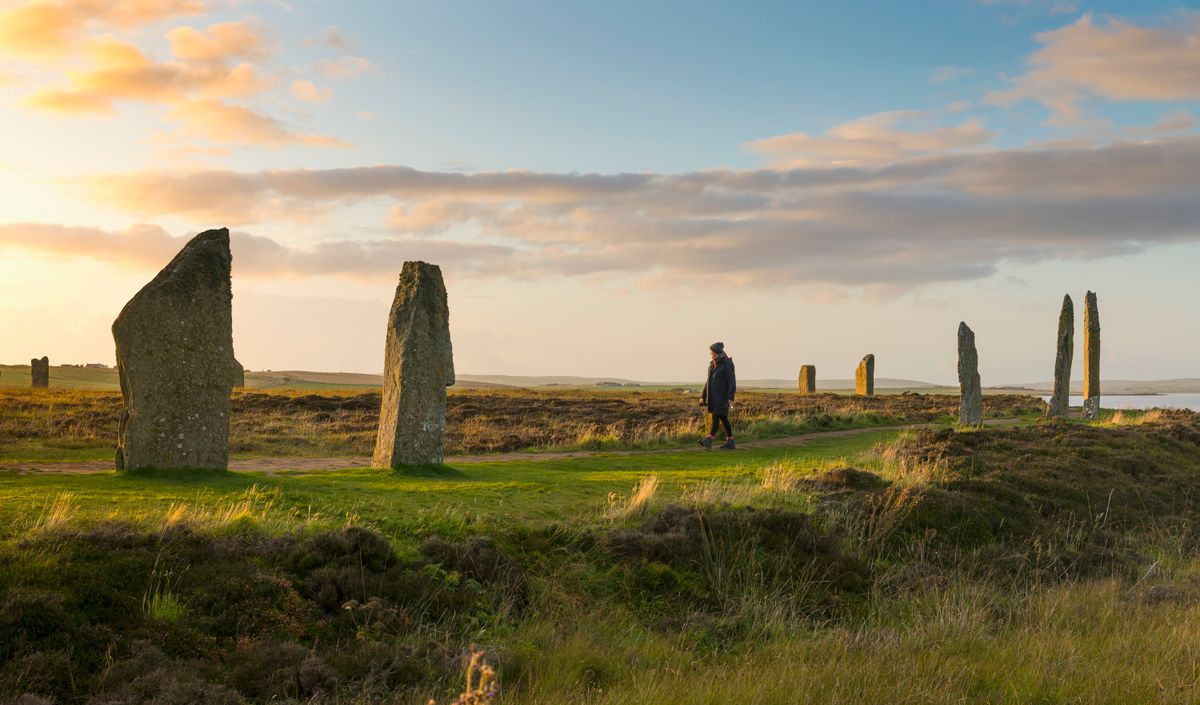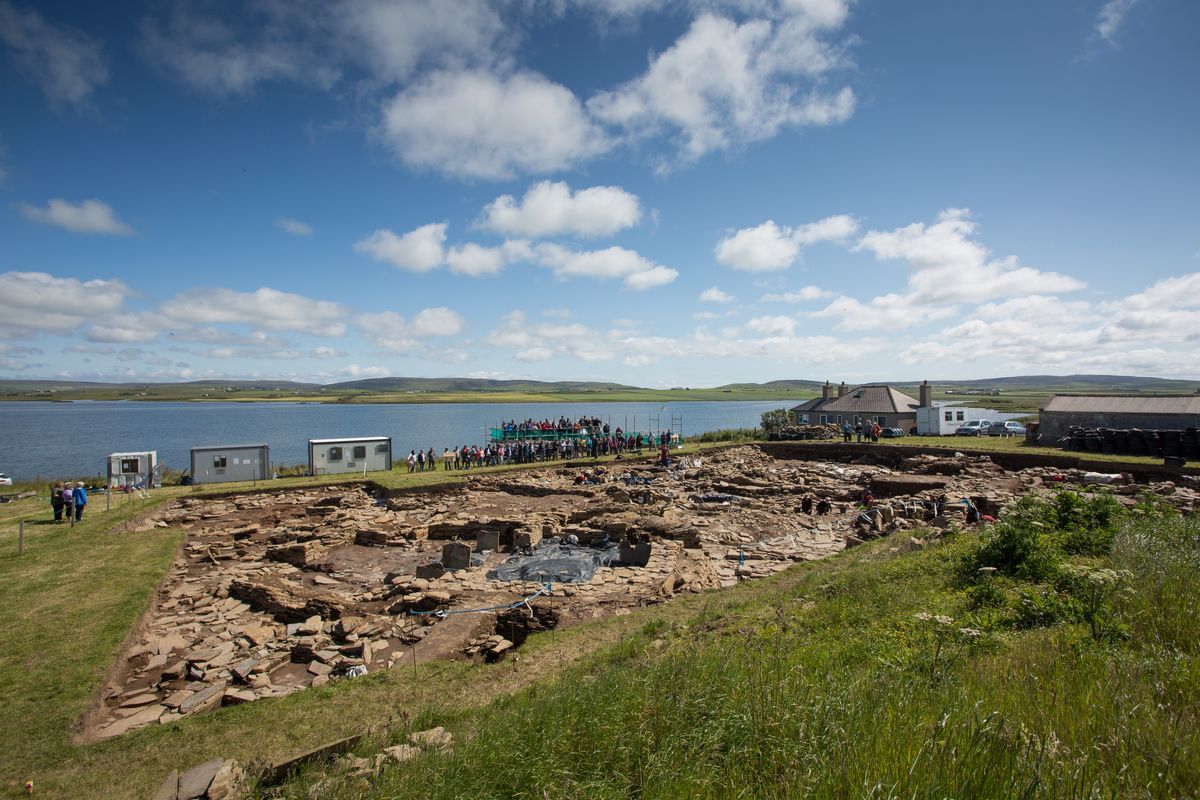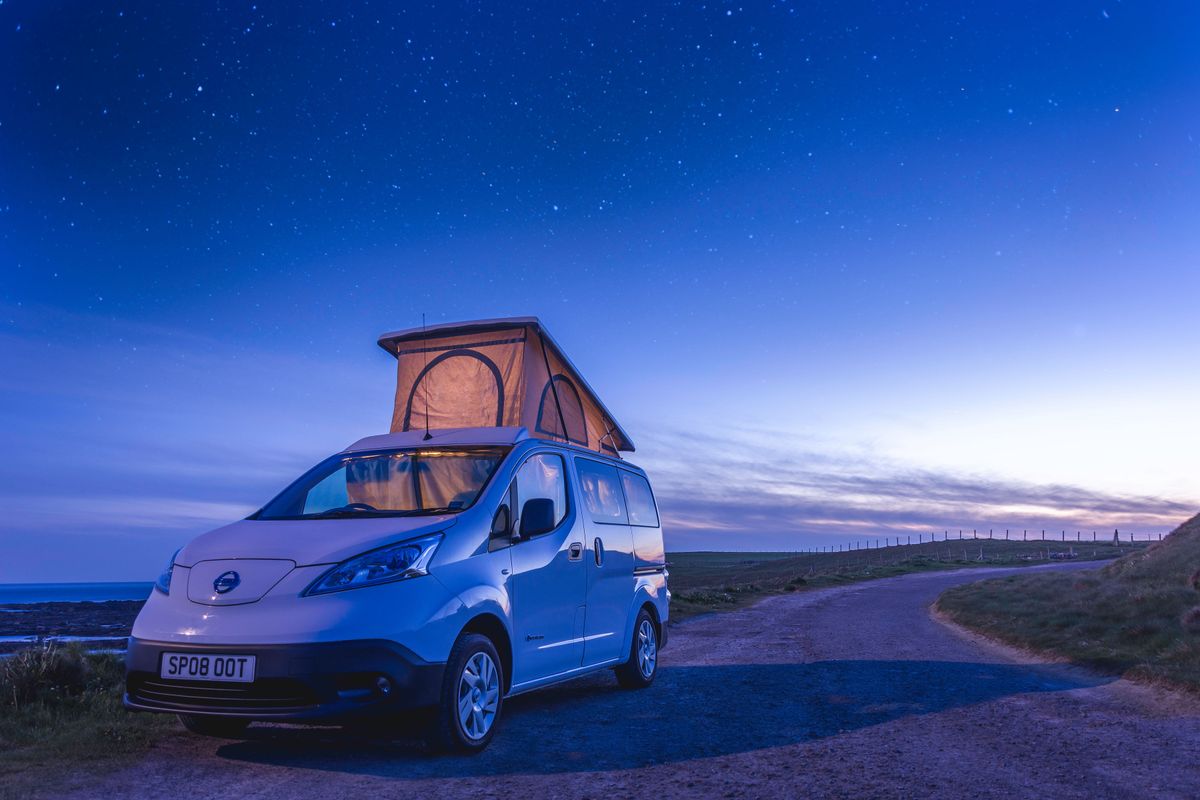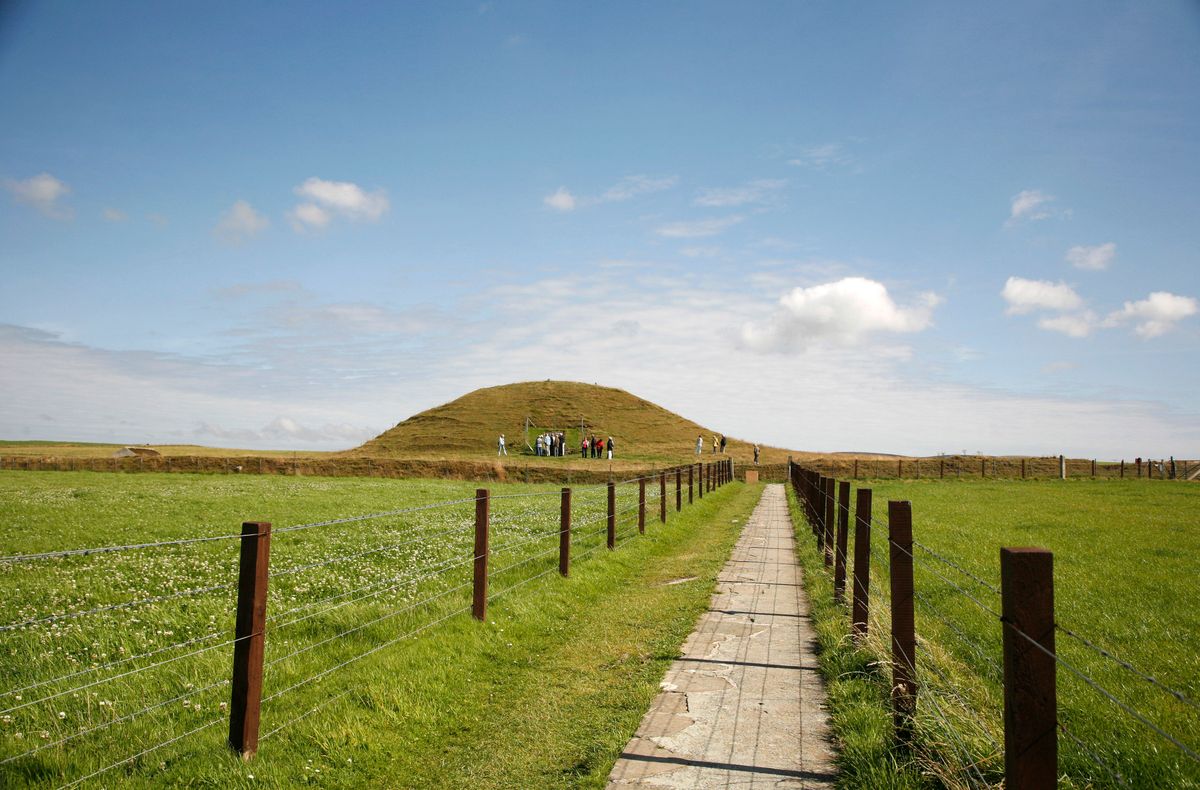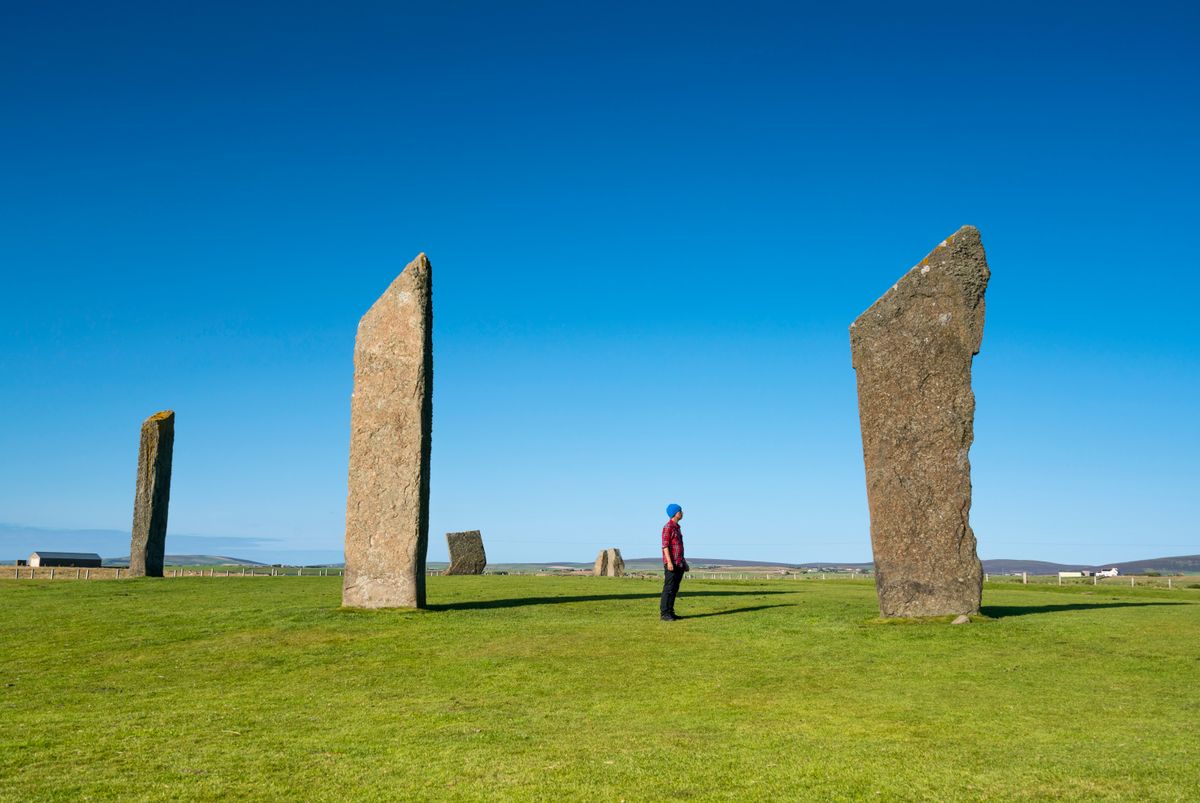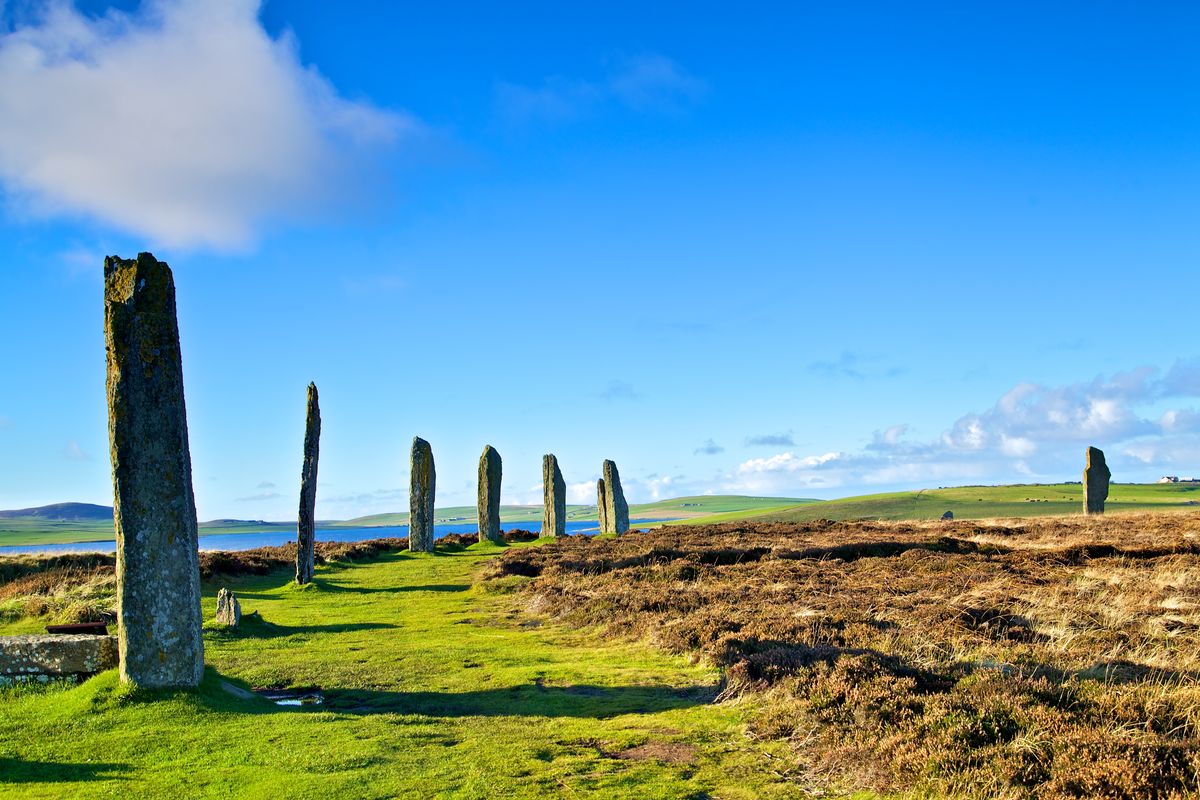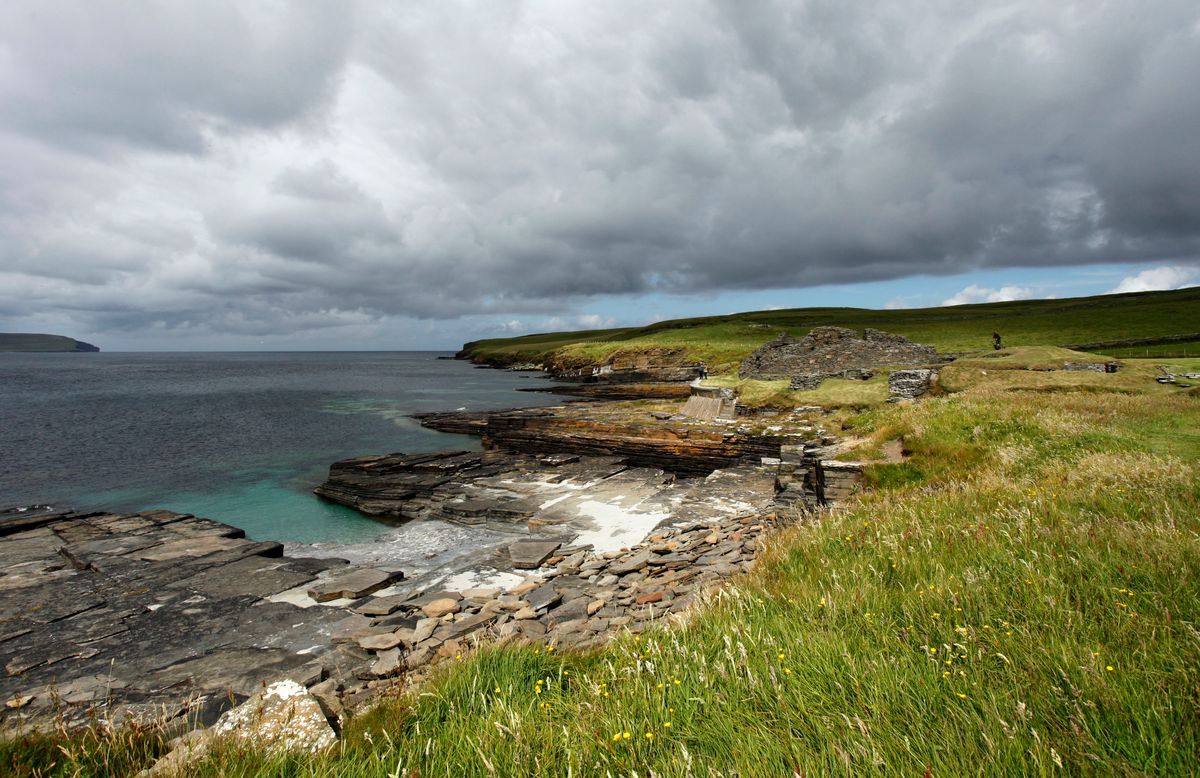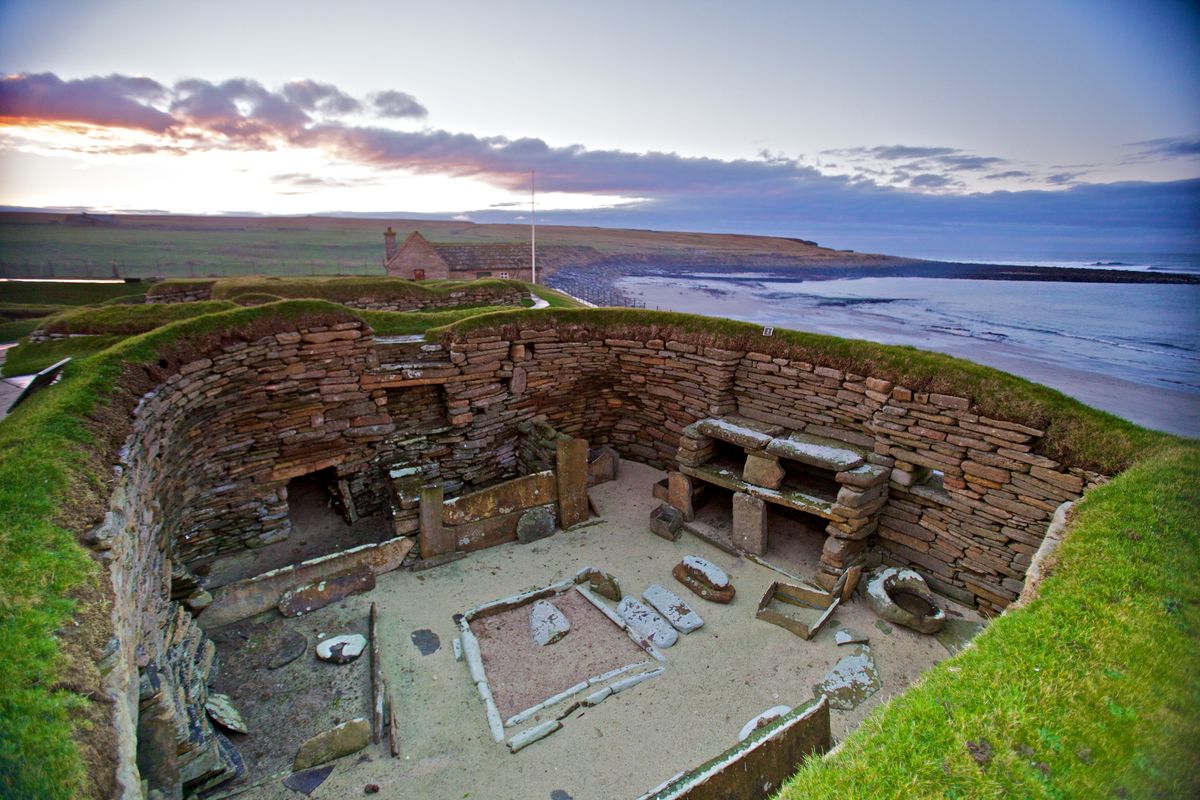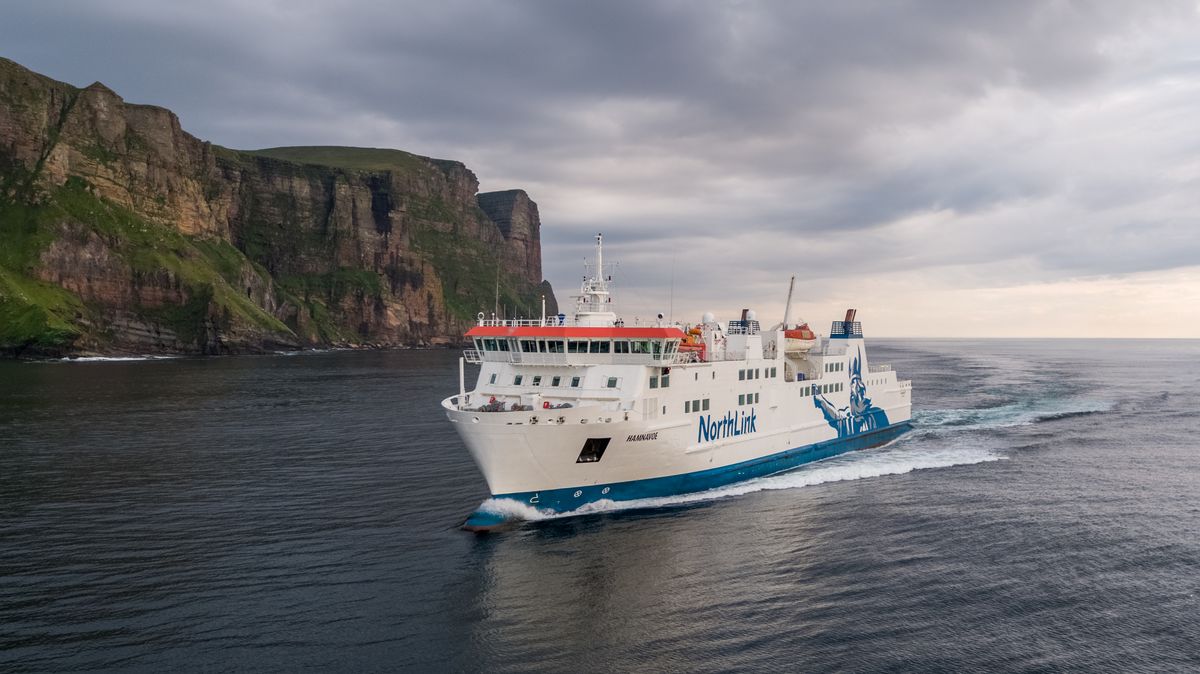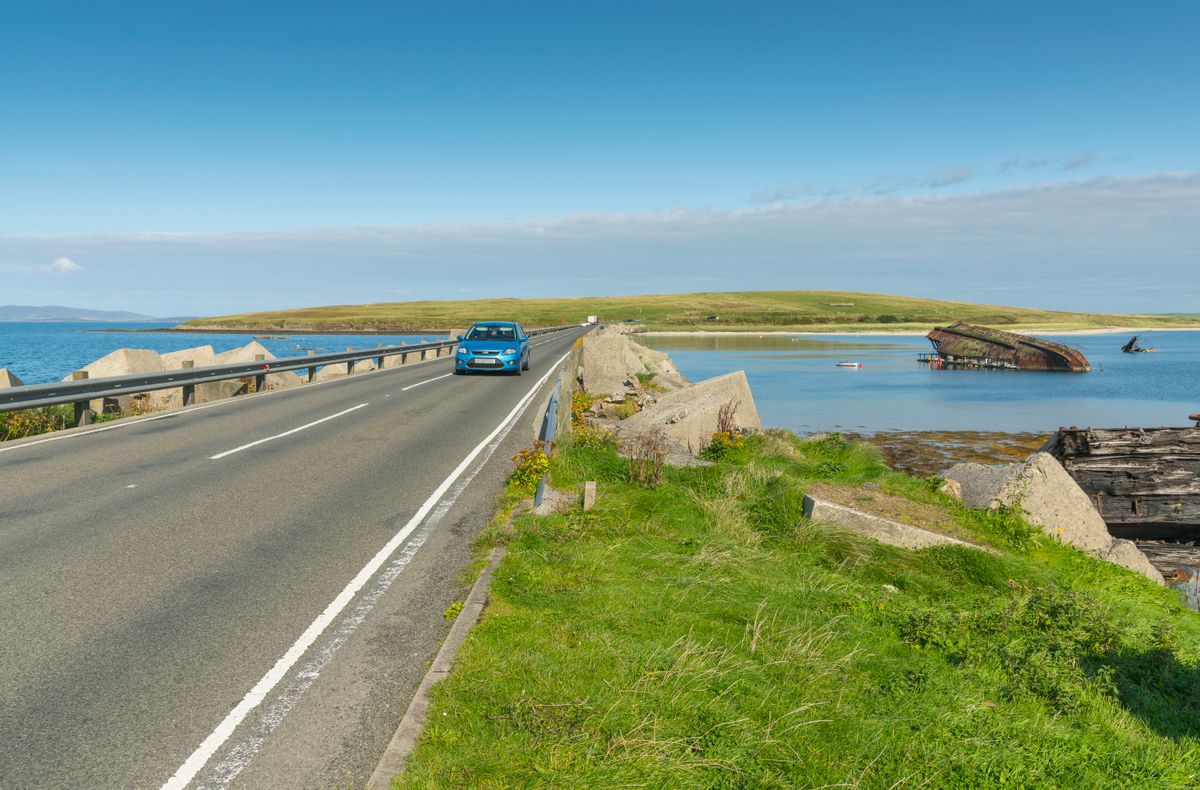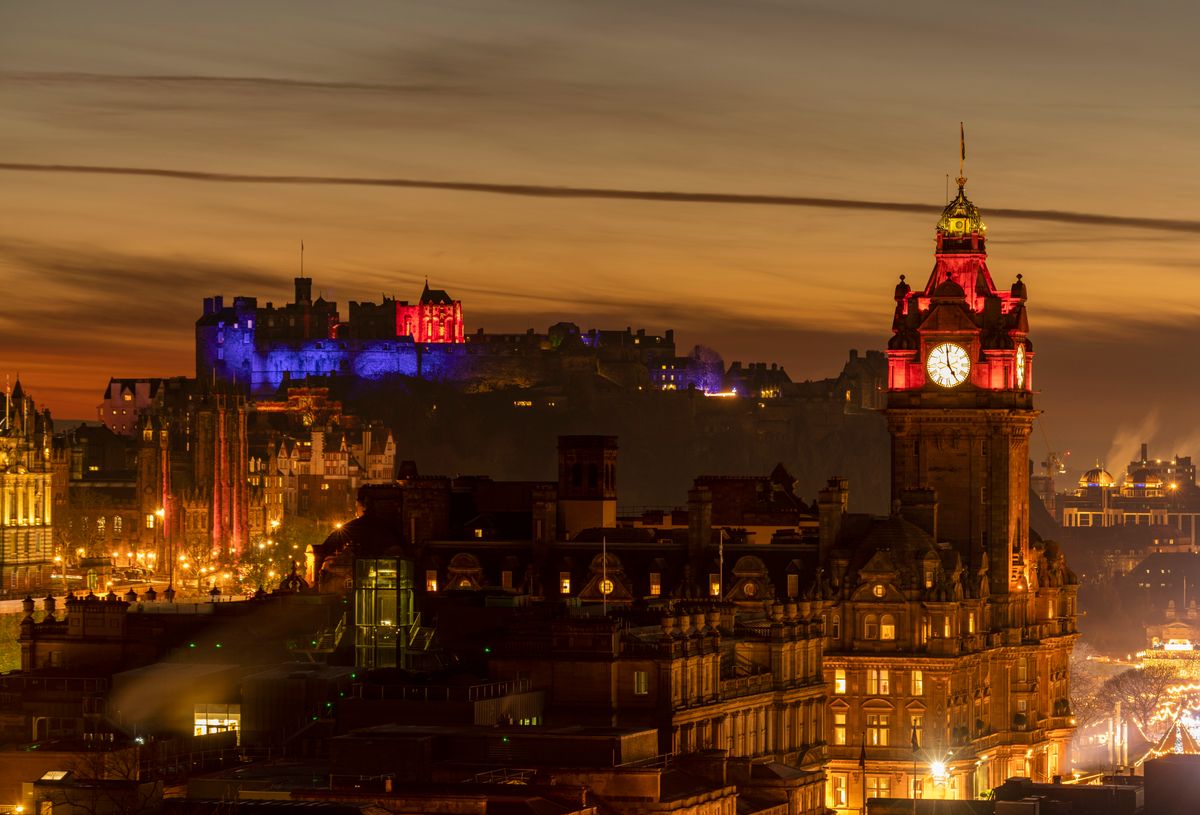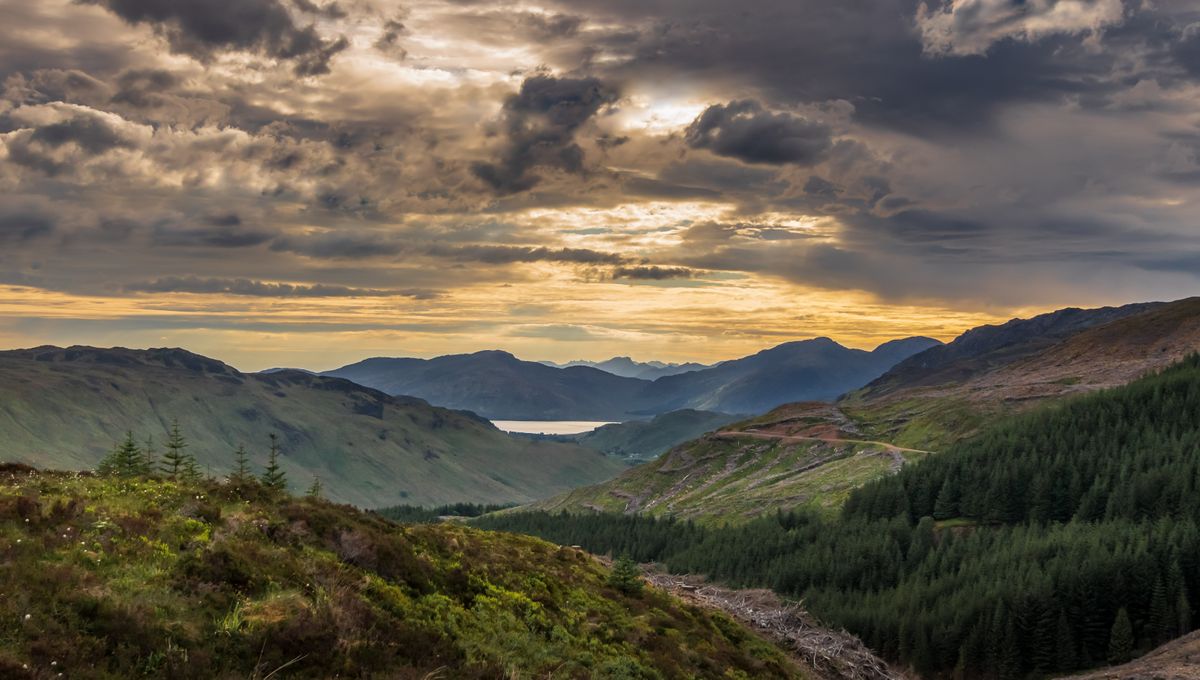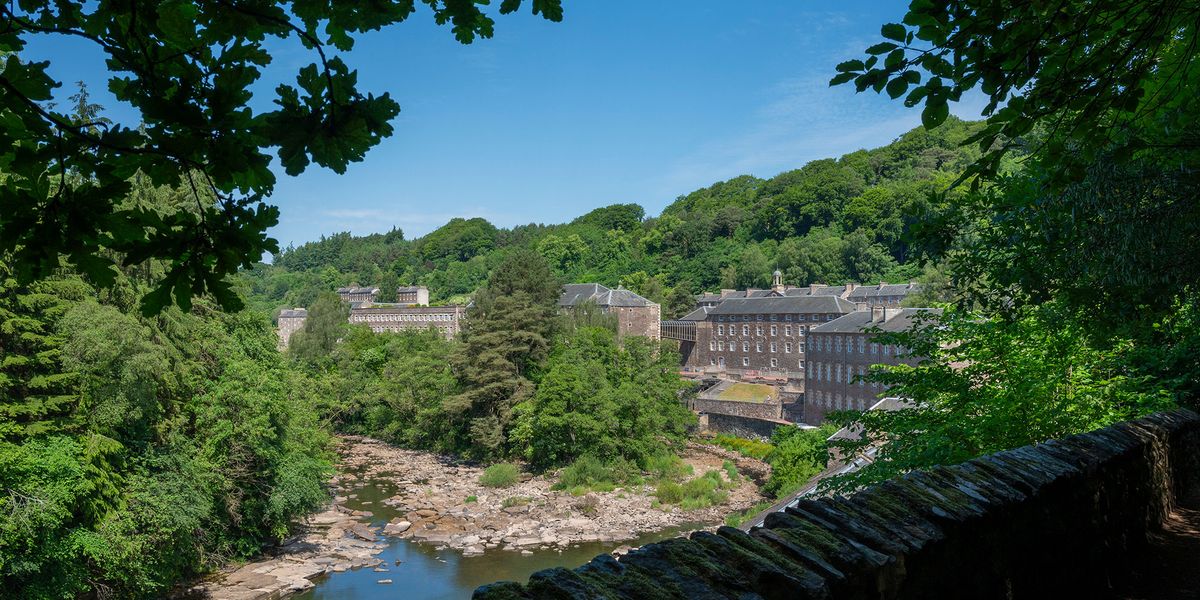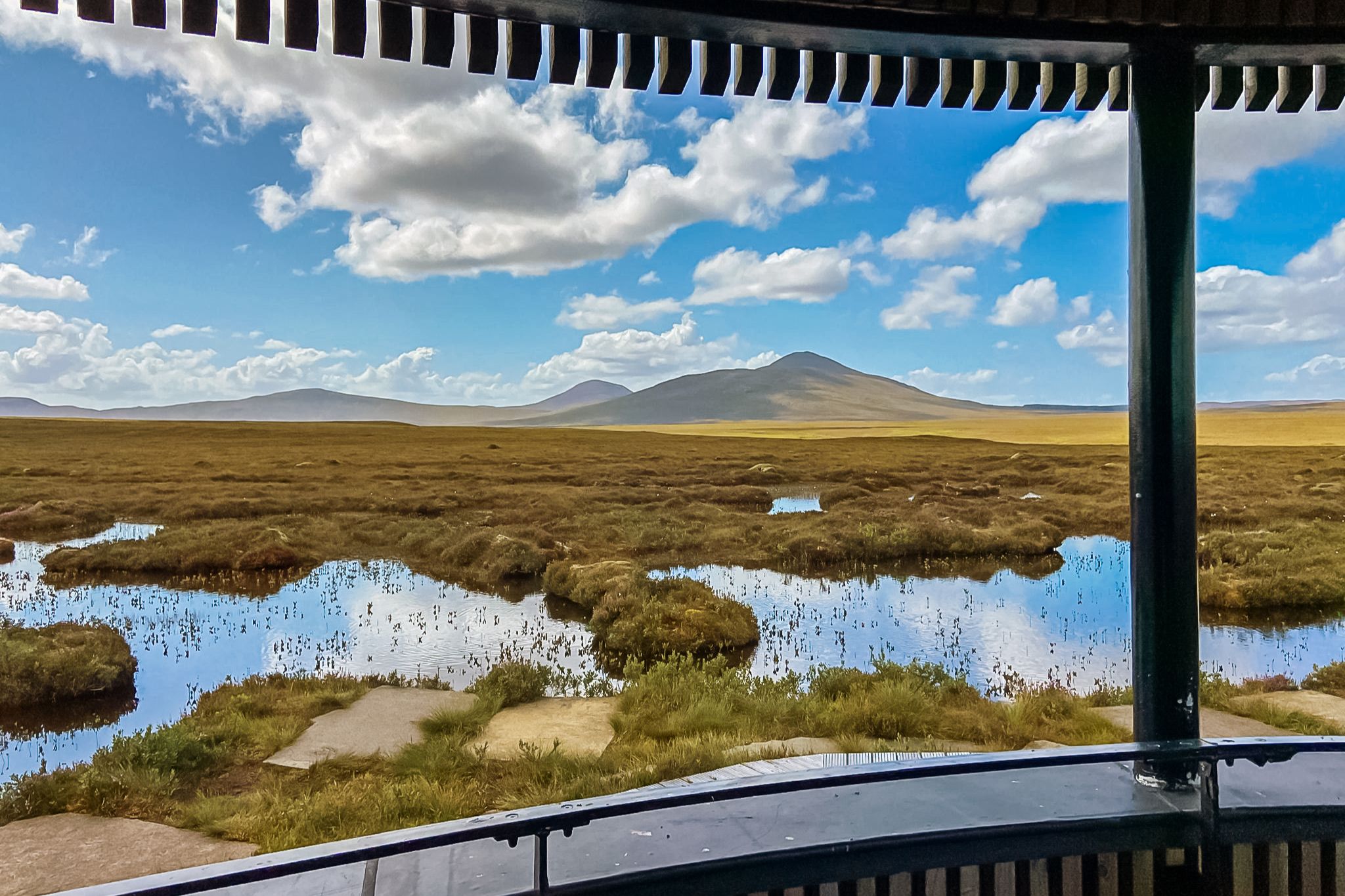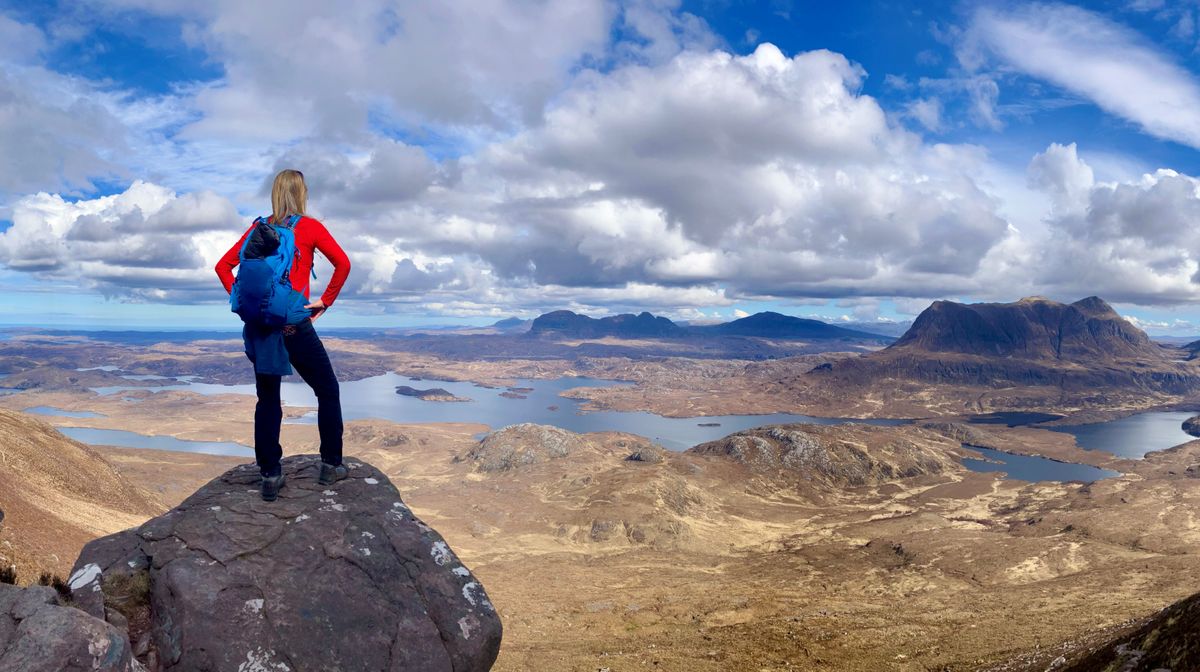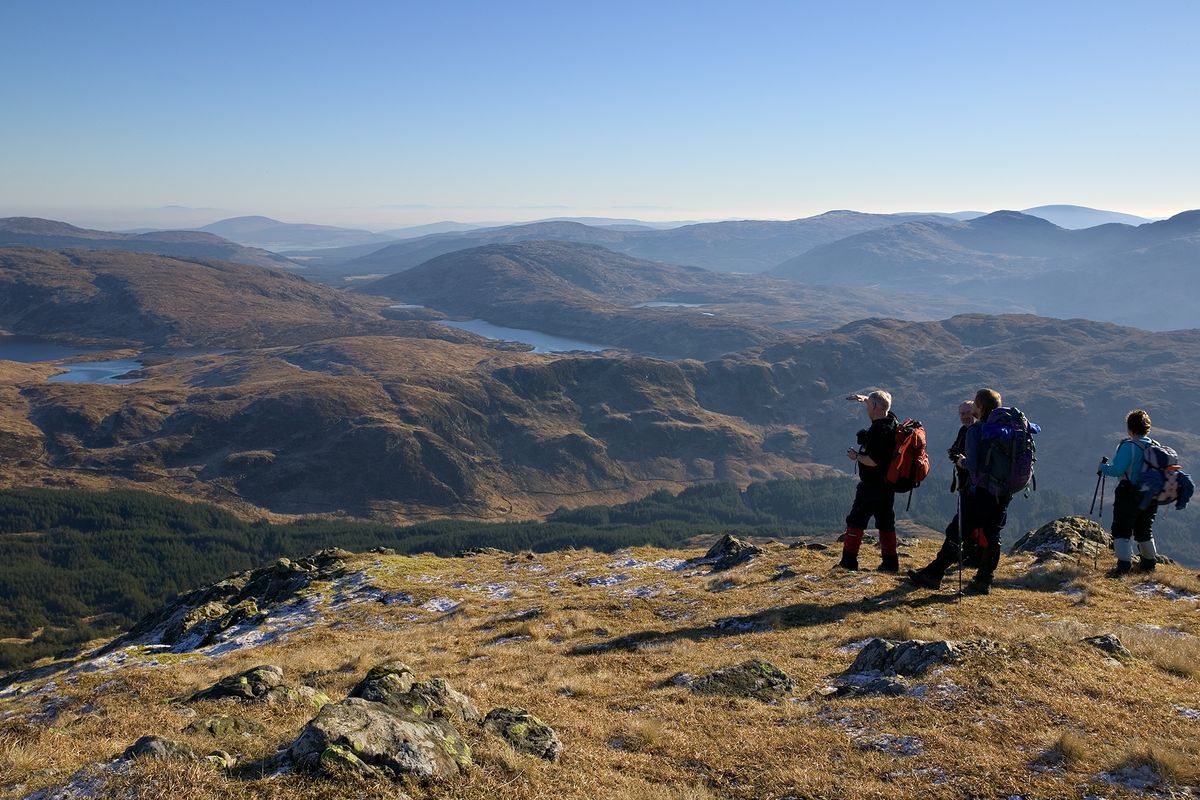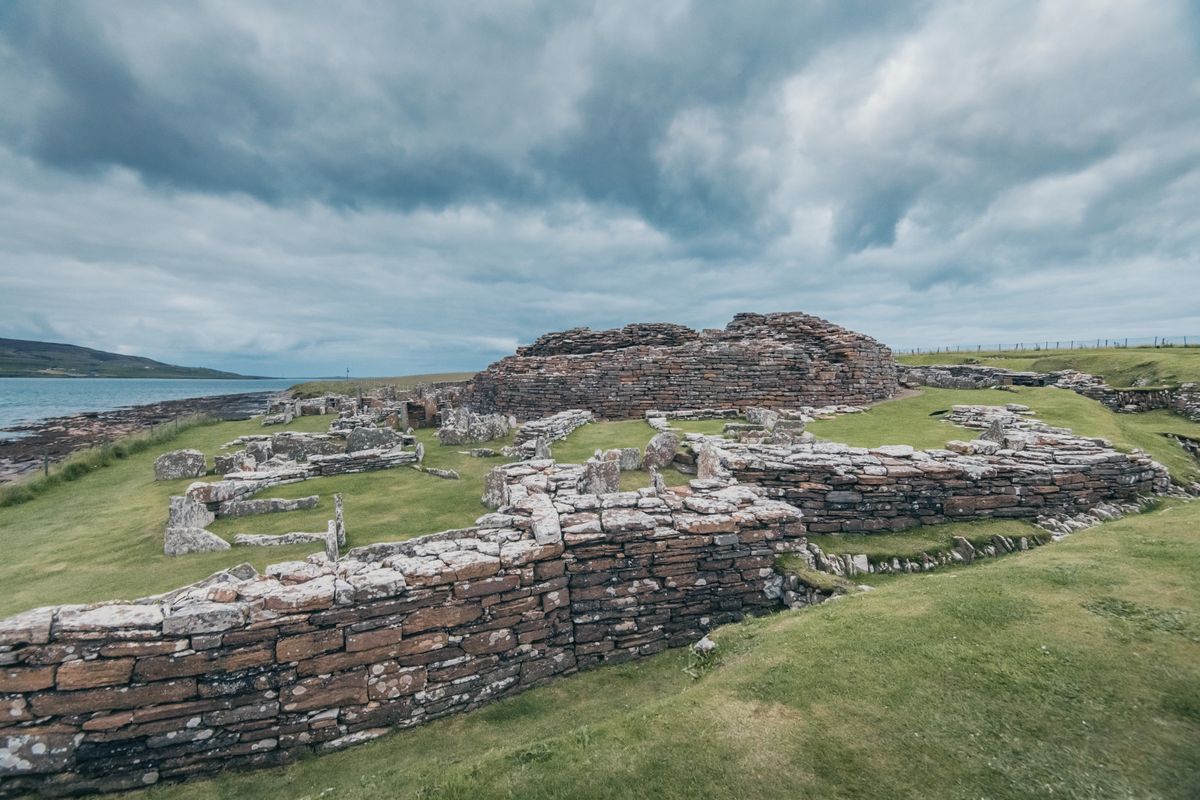
The Broch of Gurness
The Heart of Neolithic Orkney achieved World Heritage Site status in 1999 due to its outstanding example of architecture that illustrates a significant stage in human history - a time when the first large ceremonial monuments were built.
But it’s only when you visit in person that you can really appreciate these four sites. Visit the Heart of Neolithic Orkney and you’ll get a real sense of place, as you see how the sites highlight the ancient landscapes around them. You can also take your time, see how the changing light and weather affects them, and imagine what it must have been like to use them on a daily basis, thousands of years ago.
